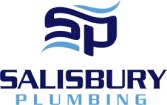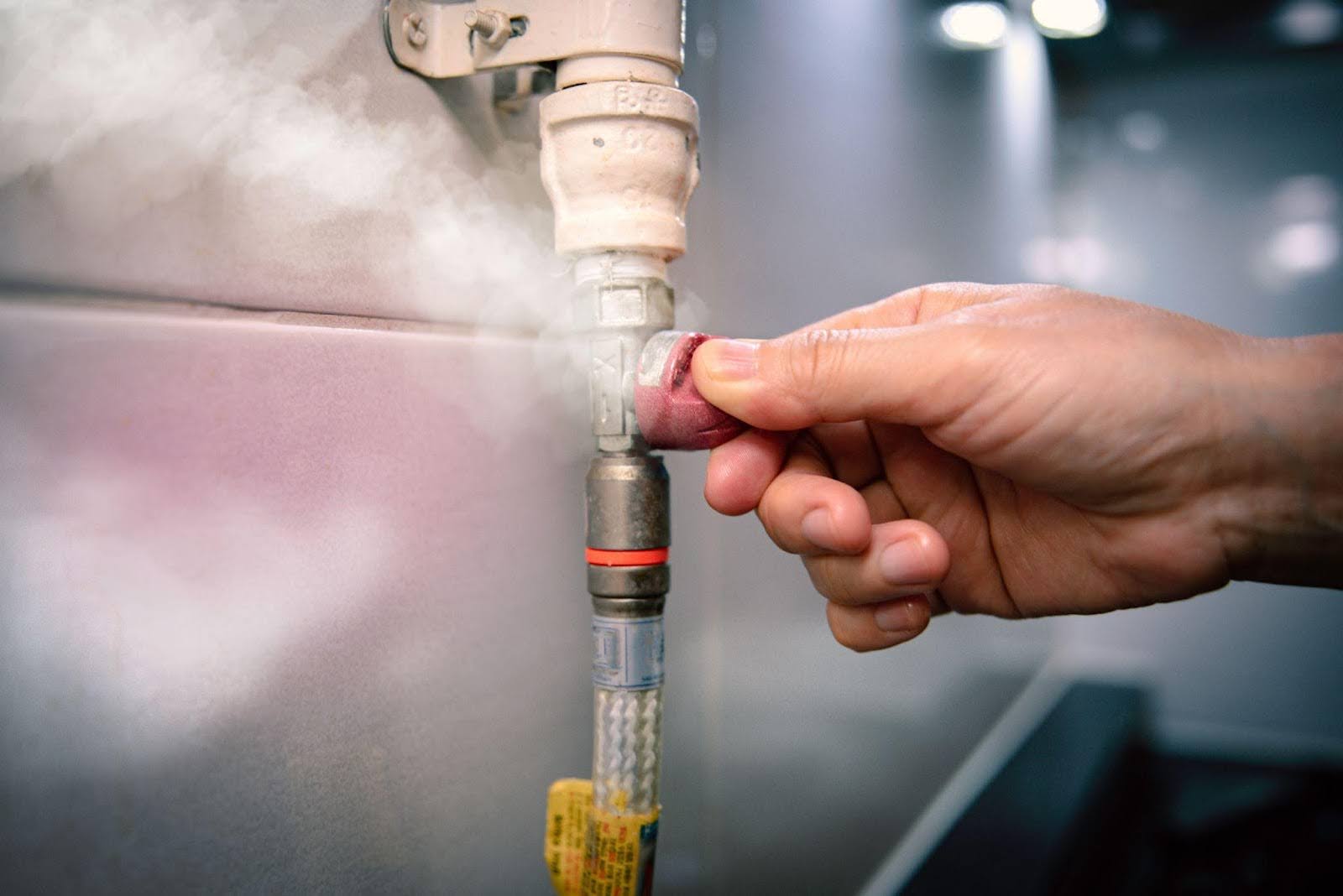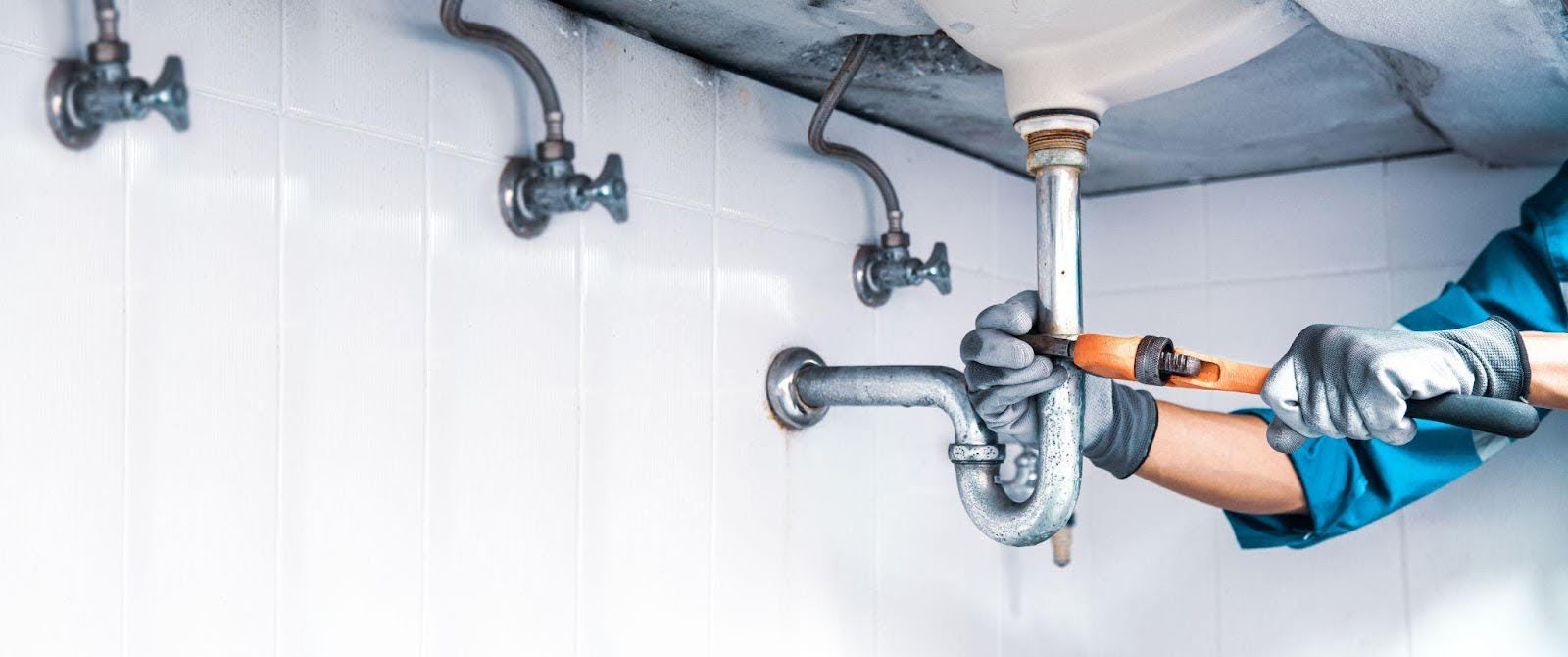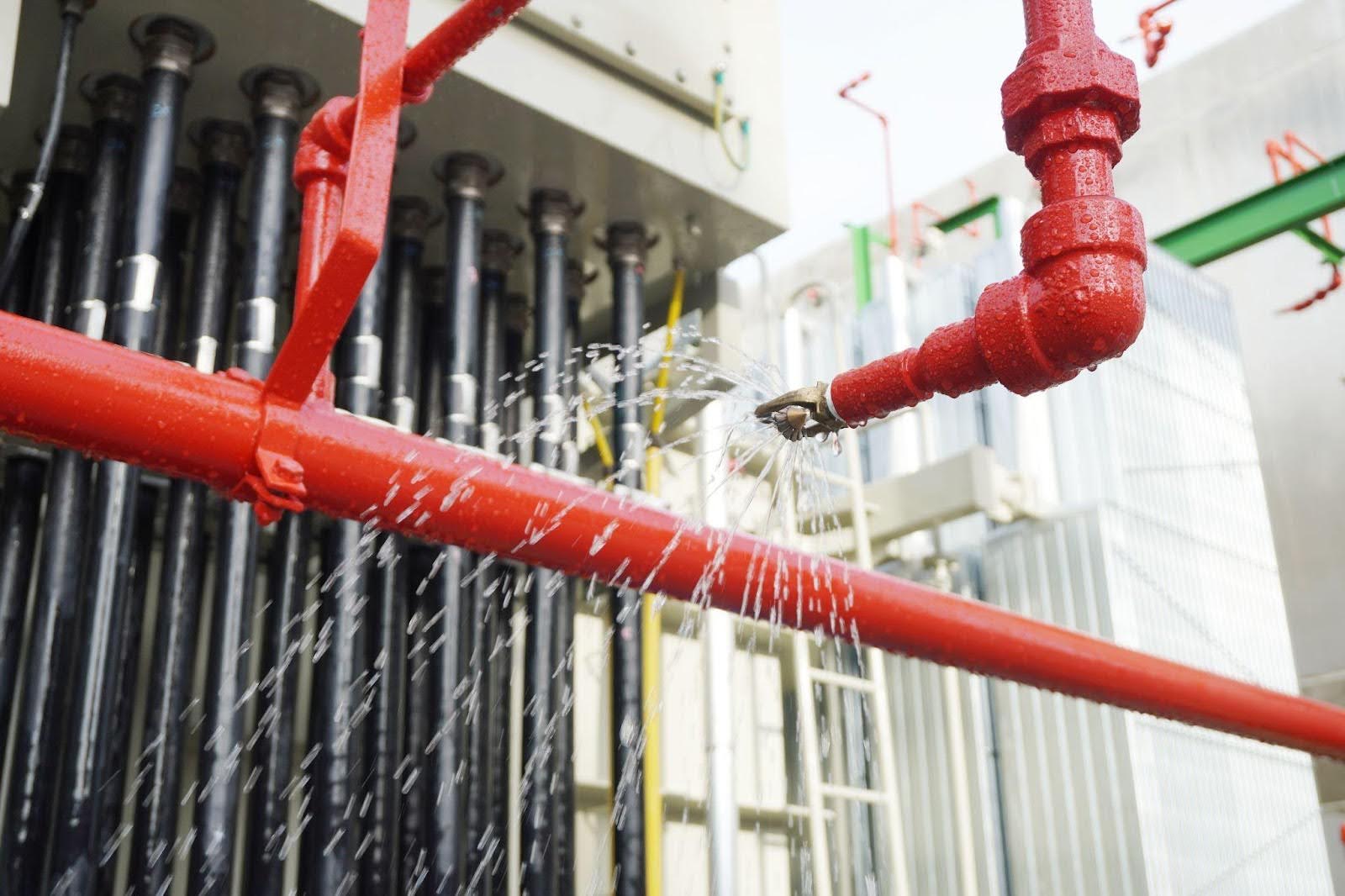Winter introduces numerous challenges, including the accumulation of snow and ice on driveways and walkways, which increases the risk of slips and falls, making snow removal a daunting, physically demanding task. That’s why you should consider a professionally installed driveway snow melt system as part of your plumbing in Utah.
The driveway snow melt system offers a modern solution to this age-old problem. This innovative system automatically keeps your driveway clear of snow and ice, enhancing safety and convenience throughout the cold months.
In this blog, we will explore what a driveway snow melt system is, delve into its numerous benefits, and discuss why it might be the perfect winter addition to your property.
What is a driveway snow melt system?
A driveway snow melt system is a heating solution installed beneath your driveway’s surface, designed to prevent snow and ice accumulation. By generating sufficient heat to melt snow upon contact, these systems ensure your driveway remains clear and safe during winter months. There are two main types of snow melt systems: electric and hydronic.
Electric systems use heated electrical cables beneath the driveway, known for their quick heating times and ease of installation, making them ideal for smaller areas like residential driveways or walkways.
Hydronic systems circulate a mixture of water and antifreeze through pipes under the driveway, offering energy efficiency suitable for larger areas. Often favored in commercial applications, these systems maintain consistent temperatures over extensive surfaces.
Each type provides specific advantages regarding energy efficiency, installation cost, and maintenance needs, allowing homeowners to select the system that best meets their requirements and local climate conditions.
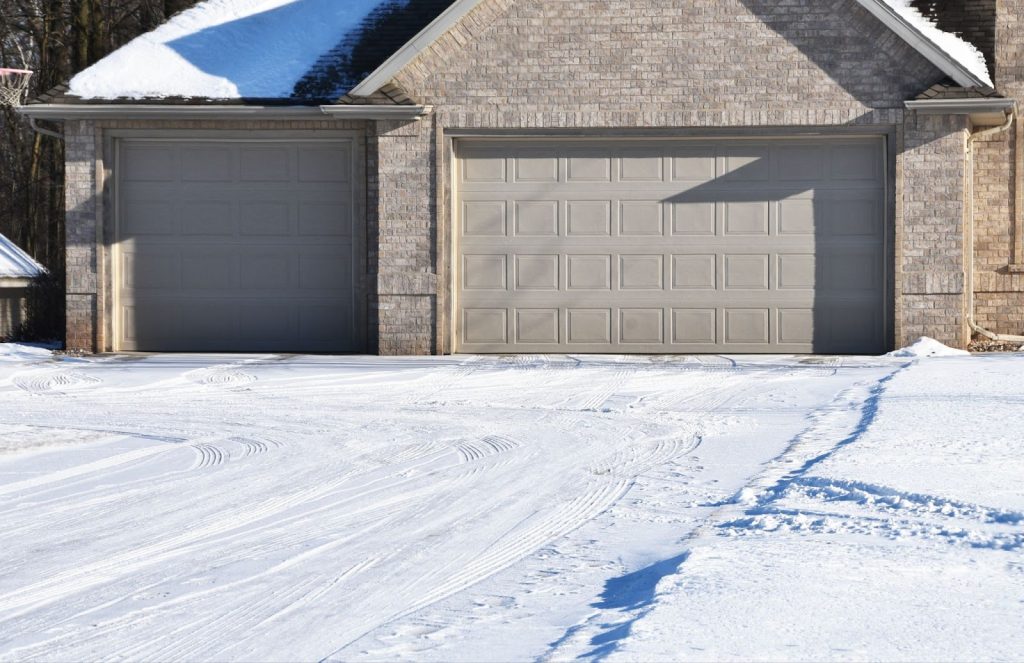
Key benefits of installing a snow melt system
Safety
Snow melt systems keep driveways and walkways free from ice and snow, reducing the risk of slips and falls. This feature is crucial for residential and commercial properties, ensuring safe, clear paths for all visitors during winter months.
Convenience
Owners value the convenience of snow melt systems, which eliminate the need to shovel snow or use a snowblower in harsh weather. Many systems feature automatic activation that detects precipitation and temperature, turning on only when necessary to maintain efficiency without manual effort.
Property protection
Snow melt systems protect your driveway’s integrity by preventing ice buildup that cracks and damages the pavement. They also decrease the need for corrosive de-icing chemicals that damage driveway materials and negatively affect nearby landscaping and the local ecosystem.
Increased property value
Installing a snow melt system boosts your property value, making it an attractive investment. The added convenience and safety features appeal to prospective buyers, particularly in regions with severe winter weather, enhancing your property’s functionality and aesthetic appeal by keeping it clean and accessible year-round.
Cost vs. benefits analysis
Initial installation costs
Investing in a driveway snow melt system incurs upfront costs, which vary depending on the system’s type and size.
Typically, electric systems cost less to install than hydronic systems, which require embedding pipes beneath the driveway. The complexity of the installation process also affects the total initial cost, influenced by factors like driveway size and the technology of the chosen system.
Long-term savings
Despite the steep initial setup cost, the long-term savings are substantial. Owners avoid annual expenses related to snow removal services, which may be considerable, especially in areas with heavy snowfall.
Additionally, the ongoing cost of purchasing and applying de-icing chemicals accumulates over the years, which an effective snow melt system eliminates.
Reduced liability insurance premiums
Installing a snow melt system also leads to reduced liability insurance premiums by lowering the risk of slip-and-fall accidents on your property.
Insurance companies often acknowledge this reduced risk, potentially offering lower premiums, which helps offset some installation and operational costs.
Installation process
Installing a driveway snow melt system, whether electric or hydronic, demands careful planning and execution. Electric systems involve laying heating cables or mats under the driveway’s surface. Conversely, hydronic systems require installing tubing that circulates a heated antifreeze solution to melt the snow.
New constructions versus retrofitting
Integrating a snow melt system in new constructions is more straightforward. Installers incorporate the system components into the driveway design from the beginning, optimizing placement and functionality.
Retrofitting an existing driveway with a snow melt system presents more challenges and higher costs, as it may require digging up the current driveway to install the heating elements or pipes. This process necessitates careful consideration of the existing driveway’s condition and the logistical implications of integrating new technology into an old setup.
Key considerations
When planning the installation, factors like power requirements for electric systems or boiler capacity for hydronic systems are crucial. The layout and size of the driveway will dictate the scope of work and the materials needed.
A professional assessment will determine the most efficient system type and configuration for your specific needs, ensuring the system performs effectively and aligns with your property’s logistical and aesthetic considerations.
Maintenance and care
Maintaining your snow melt system requires regular plumbing upkeep to ensure efficient operation and longevity. Annually check electric systems for any damage to the heating elements or cables before the onset of the cold season. For hydronic systems, inspect the pipes for leaks and ensure the boiler and pumps function correctly.
Ensuring optimal performance
To maintain top condition in your snow melt system, clear any debris from the driveway surface that could insulate the area and hinder the melting process. Monitoring the system’s performance during snowfall helps detect any inefficiencies or areas that may require adjustments in the heating output or coverage.
Longevity tips
Avoid using sharp tools that might damage the driveway surface and the embedded system components when manually removing accumulated snow or ice.
Additionally, schedule a professional service check every few years to diagnose and fix potential issues before they lead to costly repairs. These professionals also adjust system settings based on your usage patterns and local climate conditions, enhancing the system’s effectiveness and energy efficiency.
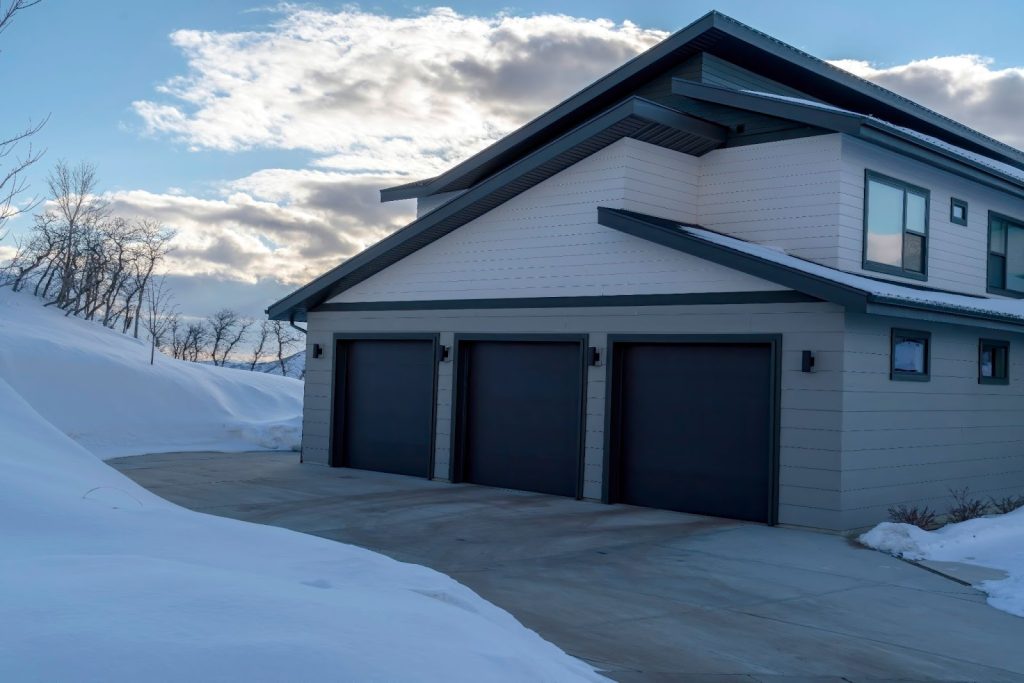
For all your professional plumbing in Utah — Salisbury Plumbing
Investing in a driveway snow melt system will transform your winter experience, offering safety, convenience, and protection for your property. For expert installation and maintenance, contact Salisbury Plumbing.
Our experienced team ensures your system is installed efficiently and tailored to your property’s specific needs, maximizing the benefits of your investment. Choose Salisbury Plumbing in Utah to keep your driveway safe and clear, no matter the weather.
situs hk toto slot toto slot slot thailand situs slot gacor toto togel toto slot slot online situs toto situs togel slot gacor hari ini